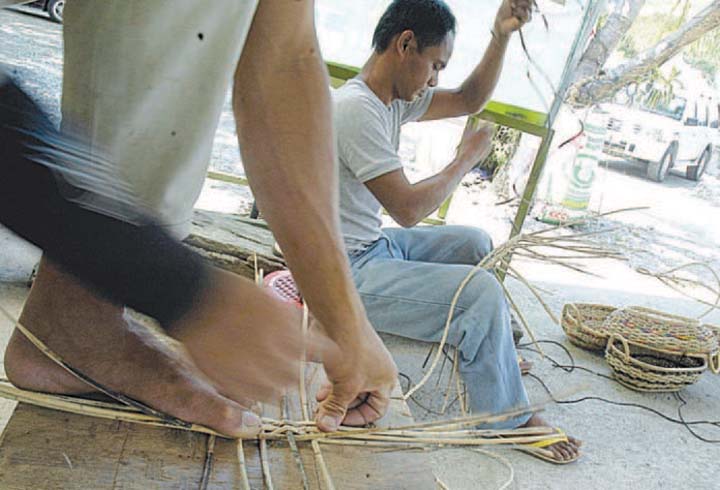Jasper Y. Arcalas – February 10, 2020

The country’s abaca production last year fell by almost 8 percent to 70,000 metric tons, from 76,000 MT in 2018 due to unfavorable weather conditions, the Philippine Fiber Industry Development Authority (PhilFida) said.
PhilFida Executive Director Kennedy T. Costales told the BusinessMirror that El Niño and typhoons reduced the country’s abaca output last year.
Costales said a lot of abaca-producing provinces, particularly those in the Visayas, were hit by El Niño last year. Even government-held nurseries, he said, were not spared from the dry spell.
The PhilFida official added that some farmers did not harvest during the midterm elections in May.
“I think we can recover the loss this year. If the weather would be favorable, say there’s fewer typhoons, then we might be back at the 76,000 MT-output level,” he said in a phone interview on Sunday.
PhilFida earlier anticipated that 2019 abaca output would reach an all-time high of 80,000 MT. Costales said he remains optimistic that the historic target is still attainable this year if planting conditions would be better compared to last year.
Under a road map prepared by PhilFida, an attached agency of the Department of Agriculture, the government is targeting to hike abaca output to 221,238 MT by 2022.
In the Philippine Abaca Roadmap 2017 to 2022, a copy of which was obtained by the BusinessMirror, the government would have to spend P7 billion to expand abaca plantations to 231,859 hectares, from 181,859 hectares.
PhilFida wants to expand plantations in the Davao region by 13,000 hectares and by 8,530 hectares in Northern Mindanao. These additional plantations would be concentrated in lowland areas.
The increase in output is expected to boost the country’s annual abaca fiber exports by 10 percent to 15 percent annually starting this year until 2022, according to the road map.
The country’s abaca fiber exports in 2018 declined by 11.5 percent to 16,143.875 MT, from 18,243.375 MT in 2017, PhilFida data showed. Also, earnings from abaca fiber shipment fell 14 percent to $111.661 million, from $129.773 million.
The Philippines is the world’s top producer of the natural fiber, also known as Manila hemp. The country accounts for about 87 percent of total global supply.
Image Credits: Nonie Reyes



